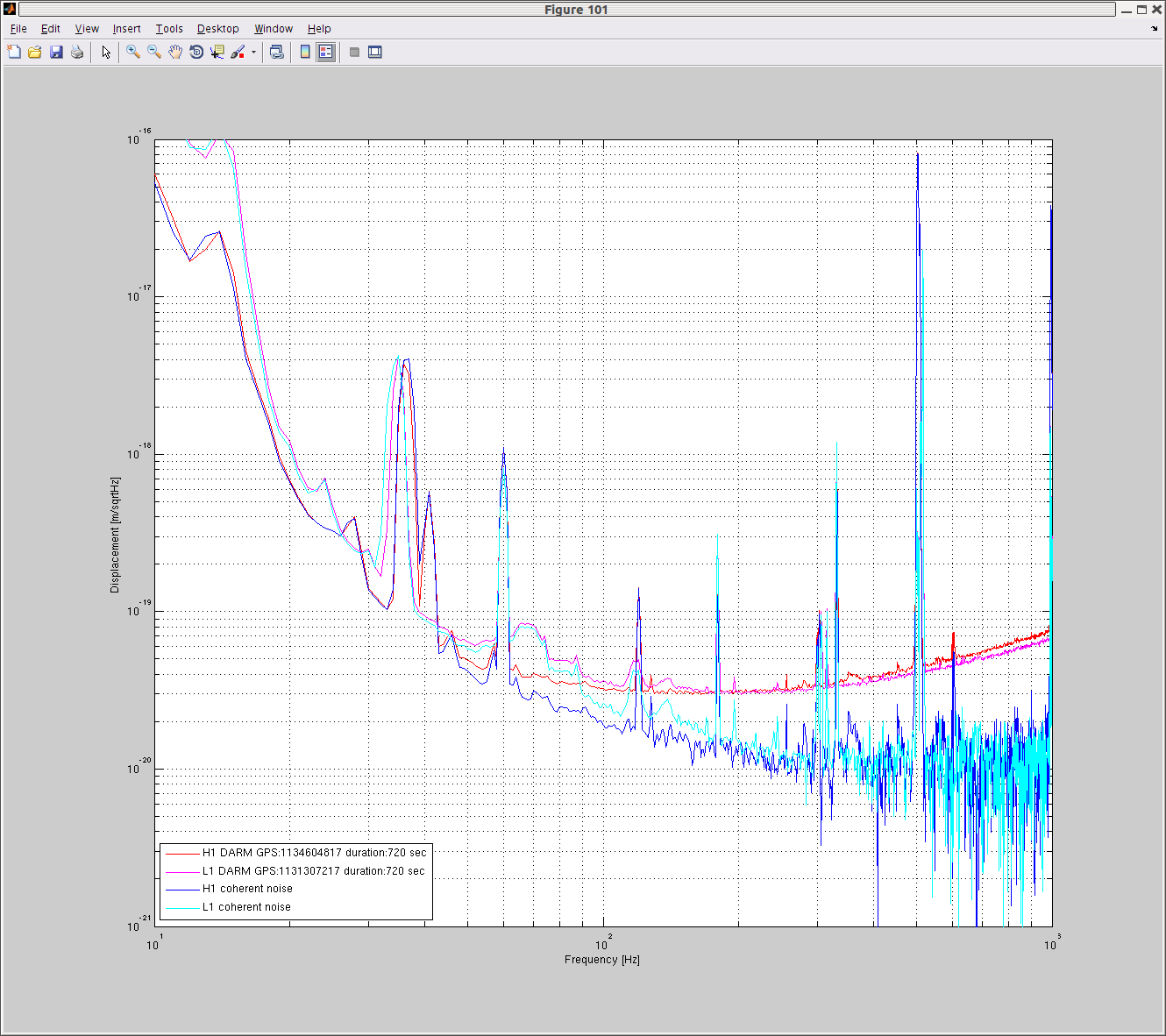Title: 1/25 Shift 16:00-24:00 UTC (8:00-16:00 PST). All times in UTC.
State of H1: Locked at DC Readout for Commissioning measurements
Shift Summary: After tweaking up IMs, I was able to get Input_Align to lock long enough to offload the alignments. Since then we have had several locklosses due to SDF reversions and MC2 saturations. The IFO has come up quickly and easily after each lockloss.
Incoming operator: Jim
Activity log:
15:45 Chris to X end area for beam tube sealing
16:07 reset ITMx WDs that were tripped upon arrival
17:08 Jeff B to optics lab
17:38 Mitchell to optics lab
17:48 Jeff B out
17:52 Mitchell out
18:05 locked NLN
18:15 lockloss due to SDF reversion
18:30 Joe D to X arm beam tube sealing
19:00 Karen to MY
19:14 Karen done
19:29 lockloss MCS saturation?
20:00 Joe D back
20:06 locked NLN
22:19 lockloss unknown cause
23:15 locked DC readout for Jenne's measurments
23:17 beam tube crew done
23:30 Betsy to optics lab
23:42 Betsy out
23:46 Kyle and John to MY


















